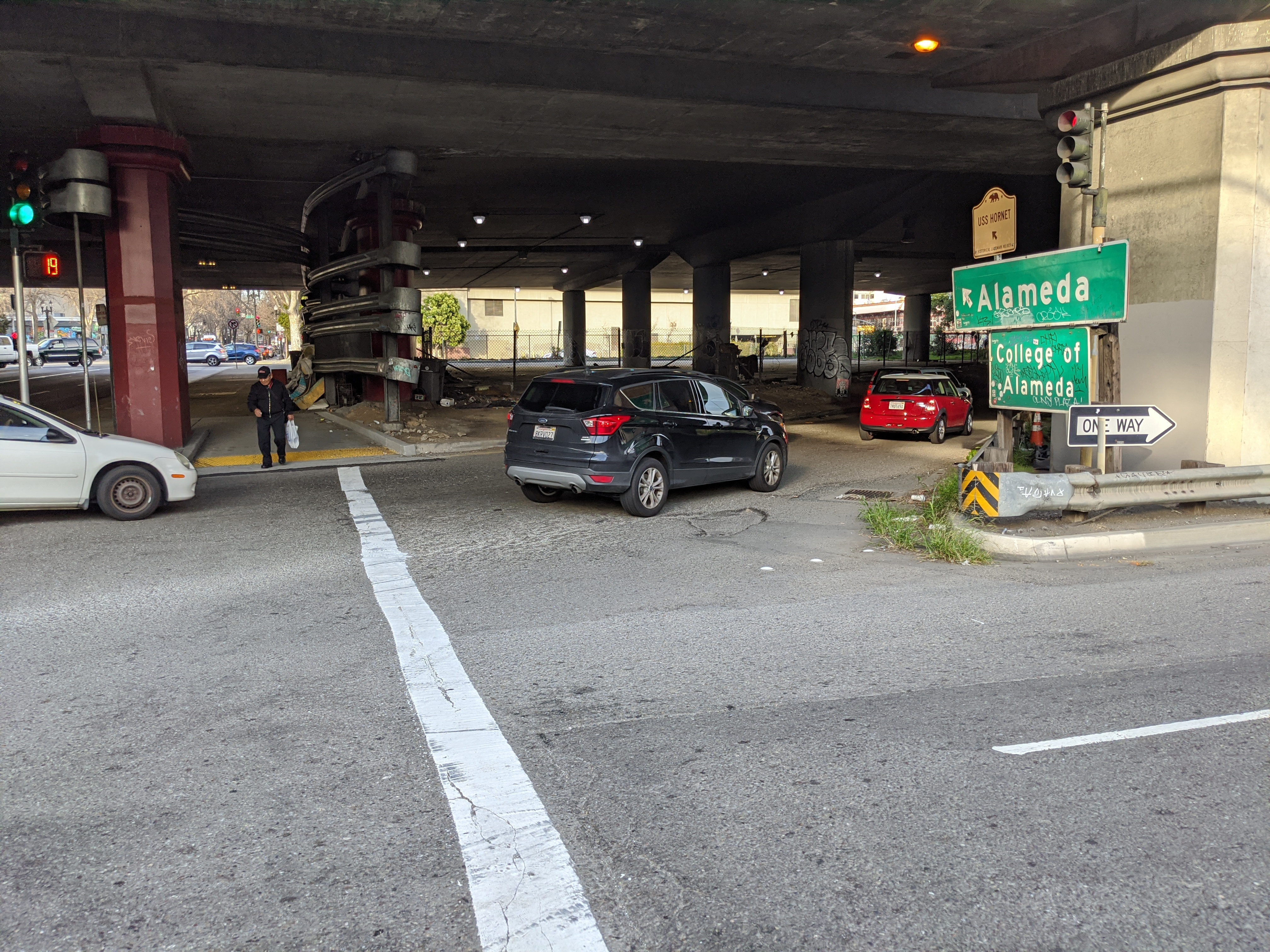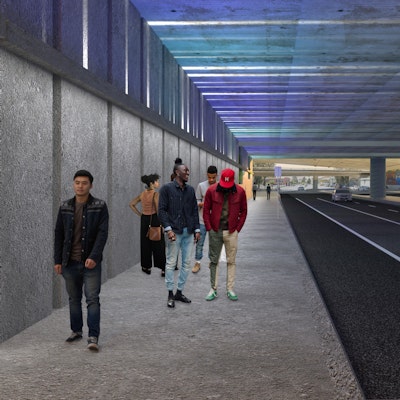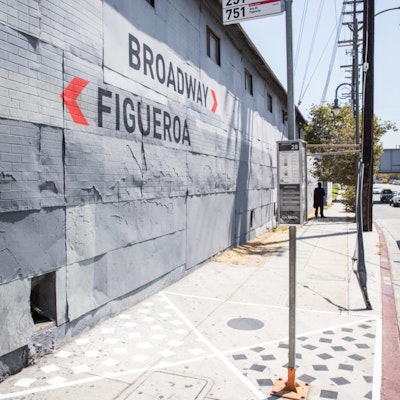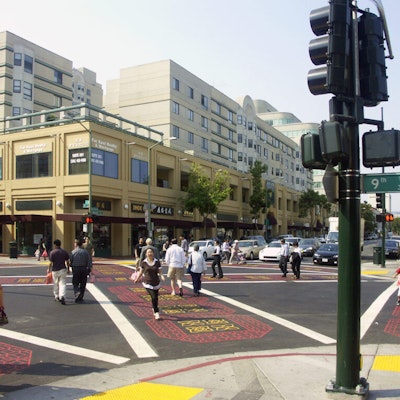We want to hear from you! We'll be at upcoming events to gather feedback and answer questions about the project. We'll also have project fact sheets in English, Spanish, and Chinese. You can find us at the following events:
- Wednesday, November 6 at the West Oakland Community Action Plan Five-Year Celebration
- Friday, November 8 at the Old Oakland Farmers Market
- Sunday, November 17 at the West Oakland Farmers Market
- Friday, December 6 at the Old Oakland Farmers Market
- Sunday, December 8 at the West Oakland Farmers Market
__________________________________________________________________
Background
Urban freeways create social, spatial, and economic challenges at the local level, such as divided neighborhoods and restricted mobility and access to those neighborhoods. Most of these issues have roots in urban renewal that unfolded across the United States in the 1950s. In Oakland, to increase property values and catalyze investment in downtown Oakland, the City and State condemned and demolished what they determined to be disinvested neighborhoods, many of which were Black cultural and economic hubs. This effort introduced three interstate highways—I-880 (Nimitz), I-980 (Grove Shafter), and I-580 (MacArthur)— whose construction likewise destroyed neighborhoods and displaced residents. Since their construction, freeways have continued to damage the neighborhoods they divide. Raised freeways are built at the vehicular scale and designed to channel vehicles—not to enhance the lives of people residing near them.
__________________________________________________________________
Project Scope
Streets that pass under freeways are called "undercrossings." In many places in Oakland, undercrossings are dark, loud, and feel unsafe. The goal of this project is to improve undercrossings for people walking, biking, and rolling.
The Undercrossing Improvements build on the Walk This Way design toolkit. The project will incorporate best practices at reconnecting communities such as decorative lighting, wayfinding, and placemaking/urban design. These strategies complement projects to improve pedestrian and bicycle safety at the undercrossing intersections, which are components of related projects on 7th Street, Broadway, and Martin Luther King Jr. Way (see the Major Projects Division webpage for more details).
Lighting will help make people feel safer and could be colorful or fun to look at.
Wayfinding will help people know where they are and see where they want to go.
Placemaking makes the space feel safe, welcoming, and reflective of the surrounding community. Placemaking could include colors, patterns, and other design elements.
__________________________________________________________________
Past Engagement & Outcomes
Broadway and Martin Luther King Jr Way Streetscape Improvement Projects Summer 2023 Engagement
In Summer 2023, the City of Oakland Department of Transportation (OakDOT) conducted community engagement and outreach for two corridor projects that pass under the elevated I-880 freeway. The engagement strategies utilized included surveys, briefings with City of Oakland commissions and neighborhood group meetings, corridor walks to meet with stakeholders, and tabling at local events. Some relevant key takeaways about the undercrossing areas of these projects included:
- Respondents were most excited about improved pedestrian lighting at the intersections with I-880
- Better wayfinding for drivers
- Increased lighting and safety for cyclists
- Safety and cleanliness concerns
- Removing trash and debris
- Clean up of abandoned automobiles
- Lighting and artistic elements to increase visibility and promote community identity on Broadway
- Concern for support for unhoused people
Walk This Way is an interdisciplinary strategy and toolkit to improve underpasses in Oakland.
In May 2021, focus groups comprised of representatives with expertise and investment in public safety and the built environment were convened to help City staff better understand underpass conditions, barriers to improvements, and strategies for overcoming these barriers.
The resulting tool kit includes four underpass/undercrossing case study sites incorporating feedback from community leaders, agency staff, and developers, with the goal of aligning improvements to safety issues with jurisdictional requirements and permitting processes.
Howard Terminal Transportation Plan. Building upon prior planning efforts, key stakeholders and hundreds of Oaklanders in high-priority neighborhoods were engaged in the conceptual development of the projects in 2019 and 2020. Over 500 surveys were conducted in English, Spanish, and Chinese, and happened on-board buses, at transit hubs, and on high-traffic corridors. Online surveys were also advertised to Oaklanders with a specific focus on the 94607 zip code (including West Oakland, Old Oakland, Chinatown, and Jack London). The people who took the surveys, according to the demographic questions, were representative of the City’s demographics. In addition, four community meetings, ten stakeholder meetings, and a maritime stakeholder-specific workshop were held in the neighborhoods of focus, including West Oakland, Jack London, Chinatown or virtually. Staff also made multiple presentations to the Bicyclist and Pedestrian Advisory Commission. The feedback heard during this engagement highlighted a critical need to improve undercrossings, and as a result, Undercrossing Improvements were included in the Howard Terminal Transportation Plan.




